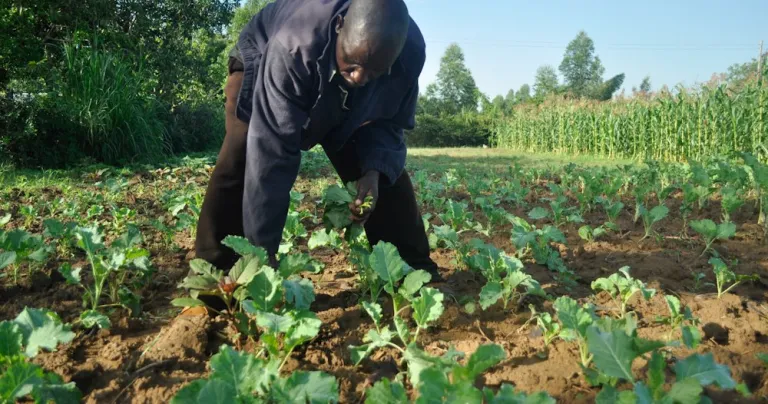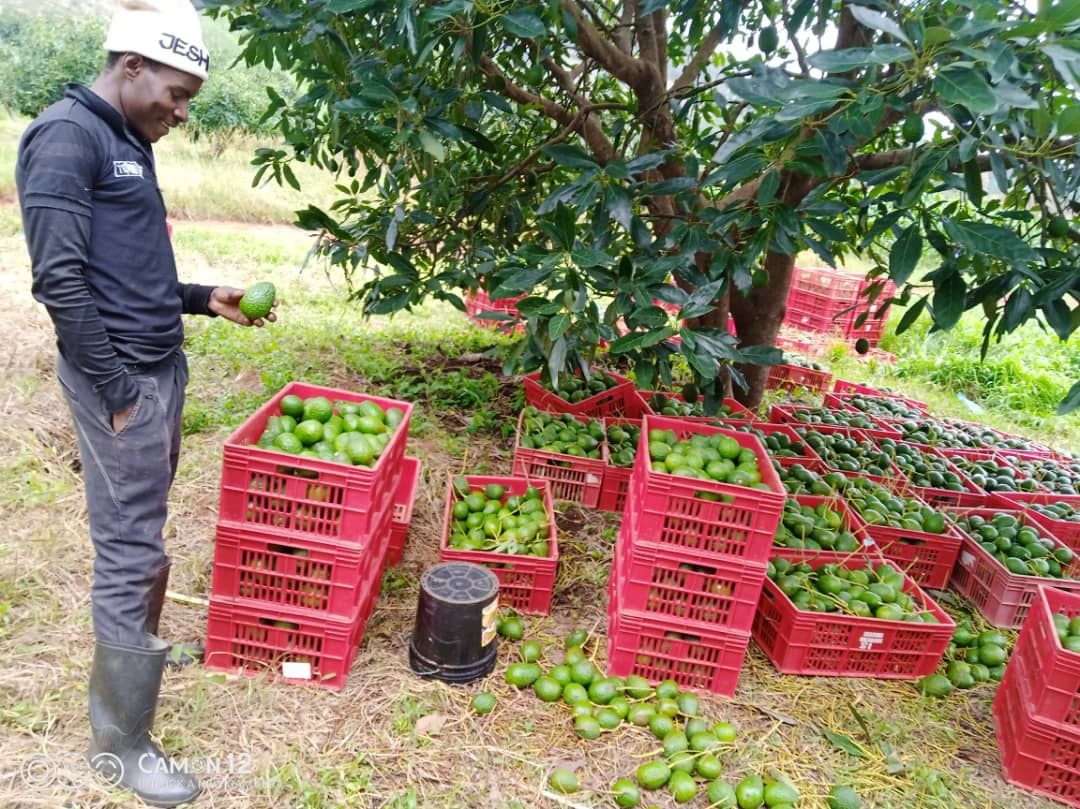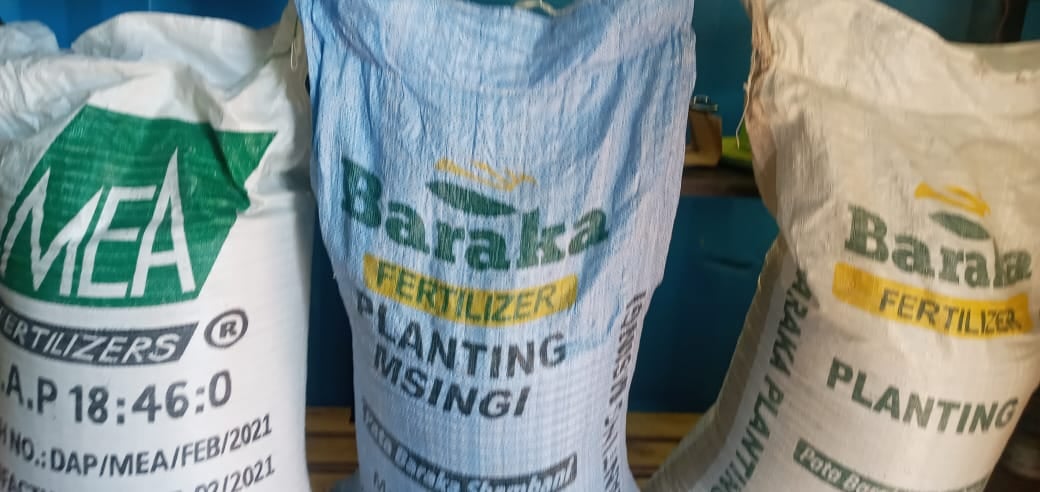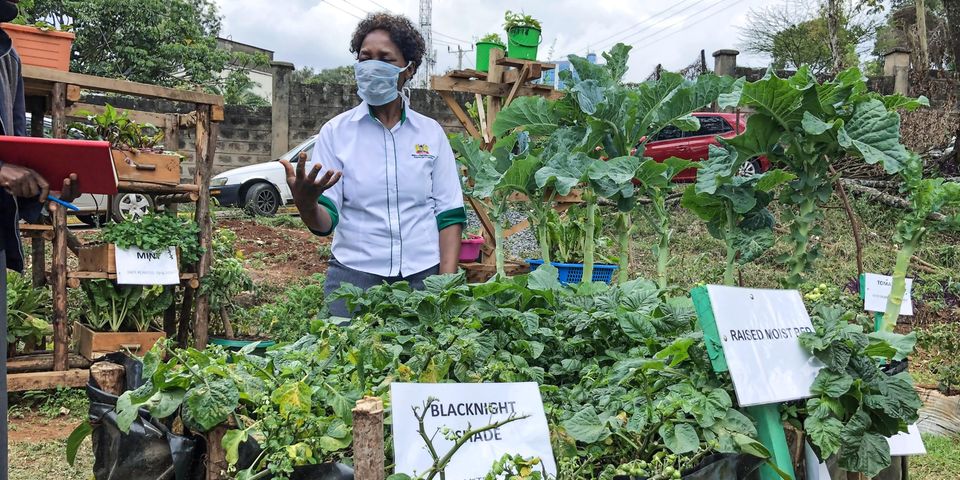Kale (Sukuma Wiki) Farming is one of the profitable enterprises in a world where farming is perceived as risky. People ask, How do you manage it with all those risks? Those are some of the many questions am often asked by my fellow youths. Its true farming is risky and I will be deceiving you if I tell you it is easy cause it’s not. Just like any other business, it calls for a strong heart with resilience persistence, and passion. kale (Sukuma Wiki) Farming is one of the simplest farming that I usually recommend to farmers as it requires little management skills.

kale (Sukuma Wiki) Farming
Market Review
As long as Kenya continues to remain an “Ugali” nation the demand for kale will always be there and the need for kale (Sukuma Wiki) Farming. The prices are often high during drought seasons from November to March then fall on rainy seasons due to high supply and availability of other substitutes like Amaranth. Prices also tend to be low on school holidays as schools tend to absorb the excess. But the good thing with kale farming is that it will always give you a profit which is determined by the scale of production due to the economics of scale.
Land Preparation
The 4-6 weeks of raising seedlings is ample time to carry out both primary and secondary tillage as well as gather enough manure to use during planting.
How do I Plant my Kales?
- Ensure you spray Redomil Gold 50gms in 20L of water on the eve of transplanting to prevent dumping off
- Spacing 45cm by 45cm OR 30cm by 30cm
- Add handful of cow/sheep manure or more.The more manure the higher the quality ,faster growth and long time of harvesting.
- Add 50gms of D.A.P/N.P.K and mix.If large amount of manure is used there is no need of using fertilizer.
- Plant at the center of the pit
- Water and then drench with thunder 10ml in 20l of water to kill any cut worms or any pests that maybe in the soil.
How do I manage my Kales?
Keep Top dressing with 50gms of urea per head after every two weeks in every month until the end of harvesting. Add as much animal manure as you can. The more manure you put, the higher the quality and period of harvest. Manure gives superior results than fertilizer and therefore there won’t be any need to top-dress with urea.
Alternate spaying of 10ml Thunder or 25ml of Match in 20l of water every time you see any signs of aphids, thrips, caterpillars, or diamond black moth (D.B.M) infestation.
You may spray 20ml of Score in 20l of water to control leaf spots, Powdery mildew, or Downy mildew if there are any signs of them. Take a lot of care when spraying fungicides as this can cause stunted growth if used in excess.
Watch out for yellow large spots which turn brown with a bad rotten smell and often leave a yellow coloring on your hand when touched. This is the black rot infestation. Spray Funguran a 50% copper-based fungicide to control it. It’s good to note that Funguran will only be effective if sprayed at the early stages. Black rot if not treated can destroy the whole crop in less than 7 days. Black rot is rampant in swampy areas and high rainy seasons.
A fungicide cannot heal a dead part of the plant; it can only prevent or control the spread of the disease.
By: Kelvin Wairimu





